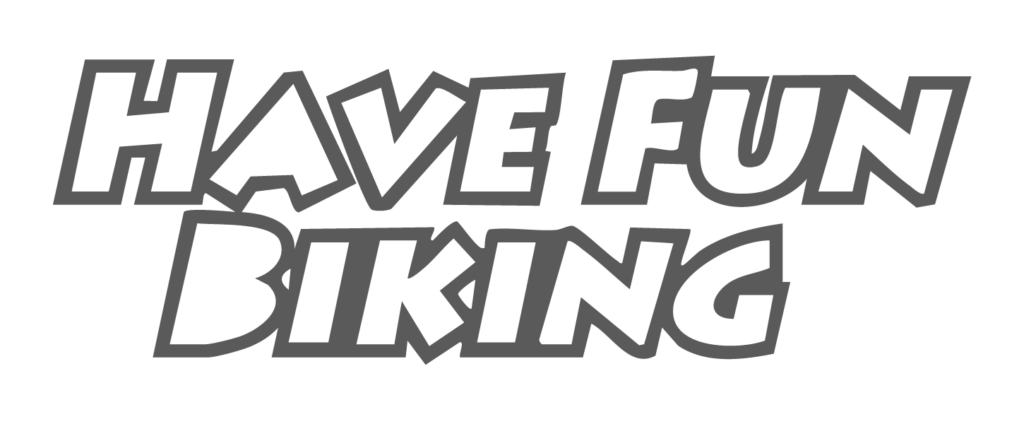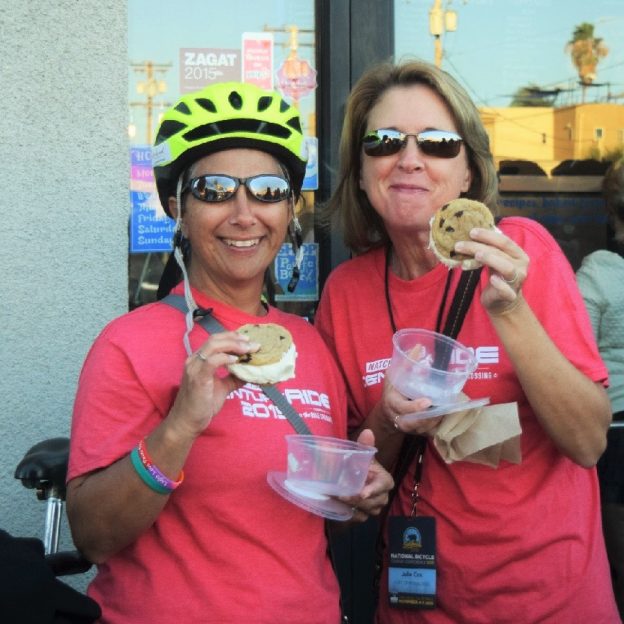Cycling is a great way to get fit, but without proper nutrition, it can leave you depleted. Your body naturally stores enough energy in glycogen to sustain you for about an hours’ worth of effort. With rides that are longer than an hour, you need to think about feeding your hungry muscles as you exercise. Here is some info, history, and tips for riding nutrition.
Types of nutrition; liquid, solid, somewhere in between
-Bars
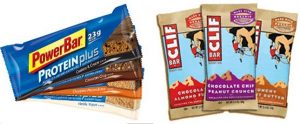
The first commercially available nutrition bar (Powerbar) designed for endurance athletes was created in Berkeley California in 1986. Since that time, they have become staple of athletic nutrition. Bars are a well-engineered source of complex carbohydrates, simple carbohydrates, and proteins. Within energy bars, there is two major types, those for during exercise and those for recovery. The bars designed for in-activity, are usually higher in carbohydrates than protein. While the bars designed for recovery are usually higher in protein than Carbs. Carbohydrate bars are 260-300 calories each.
-Drinks
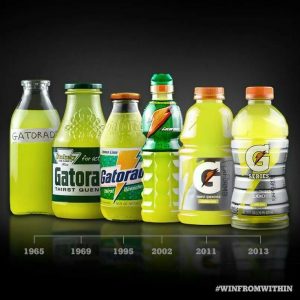
In 1965 the University of Florida football team began using a new drink formulated by their schools medical department. That drink was called Gatorade after the school mascot – the Florida gator. With that drink, sports nutrition was changed forever. Initially, sports drinks were designed to replace fluids and electrolytes that are lost during activity. As the products have progressed over the years, many products have been designed for calorie and protein replacement as well.
Gels and blocks
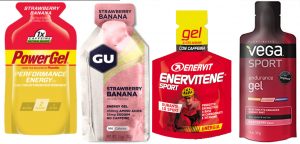
In 1994 Gu Energy labs launched the first commercially available energy gel. Gels were the solution to riders who wanted calories that can be absorbed quicker than a bar. Gels and blocks (think of a really dense jello) are a great way to get quick, easily digestible, energy. Each gel is about 100 calories.
Breakdown by ride duration
-A quick word on hydration
On warmer days, the key to maintaining energy is fluid and electrolyte replacement. The most basic trick to doing this correctly is to drink when you are thirsty. It sounds easy because it is. The only difficulty comes when you add sport drinks to the equation. While water is readily absorbed into your body, electrolyte drinks require more time to enter the blood stream. Typically I find that plain water works well for the first hour, then for each successive hour, use an electrolyte drink.
-Before you ride
A small meal (mainly carbohydrates) of fruit, bagel, or cereal is great to get your body ready for your ride. If possible, give your body 1-2 hours to fully digest before you ride.
-First hour of riding
Assuming you will be riding longer than one hour, it is important to start consuming calories in the first hour that you will need in the second. A good rule of thumb is to consume 40 calories per mile over one hour. So a 20 mile ride, spread over 2 hours would require you to eat 400 calories (one bar +one gel).
-Second hour and beyond
Follow the 40 calorie per mile rule, but understand that what you eat can have an effect on your how you feel. I find that if I eat nothing but bars and gels, my stomach doesn’t feel well after the second hour. To combat that feeling, I mix in standard foods into rotation with the sport foods.
Practice what you eat
Sport foods have a lot of energy and nutrients packed into relatively small packages. Whereas this density is great, it can also affect your body differently than normal foods. Before using bars, gels, blocks, or drinks during a ride, try them sparingly off the bike. If you feel comfortable with a product, try to incorporate it on the next ride. By Testing products to see what works off the bike, proving that they work on the bike, and then using those products in your own rides will have you feeling stronger for longer.

